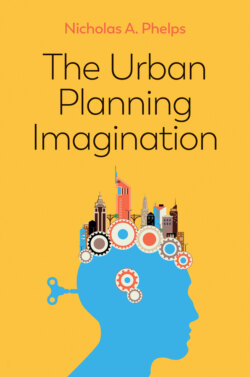Читать книгу The Urban Planning Imagination - Nicholas A. Phelps - Страница 9
The urban planning imagination
ОглавлениеThe urban planning imagination is ever more distributed across a range of actors with differing geohistorical sensibilities. It is this that ensures that consideration of urban planning’s contributions and failures should adopt vantage points well outside those of Western Europe and North America. The way in which we think about urban planning, as professionals, educators, politicians, civic activists, business and association leaders and citizens, should perhaps be forgiving of urban planning’s inherent limitations but re-enchanted by its impressive and growing stock of knowledge, ideas and methods and the sense of possibility it carries with it. To plan – as to err – is human.
Urban planning has a geohistory and imagination that far precede planning as a modern profession, and range from indigenous Australians’ complex relationships to land to the cities of Mesopotamia, Imperial China, Athens and Rome and those of Latin and Meso-American civilizations, through to the cities built in the Renaissance in Europe and in, for example, the Philippines, Peru and Mexico under the Laws of the Indies – where in each case significant financial and human resources were devoted to city planning and building (Hein, 2018). Indeed, ‘many of these earlier interventions are still visible … They continue to shape practice in multiple ways, through governance structures or planning cultures, through inherent path-dependencies of institutions or laws and regulations, as formal references, or frameworks for design, transformation, and preservation’ (Hein, 2018: 2).
